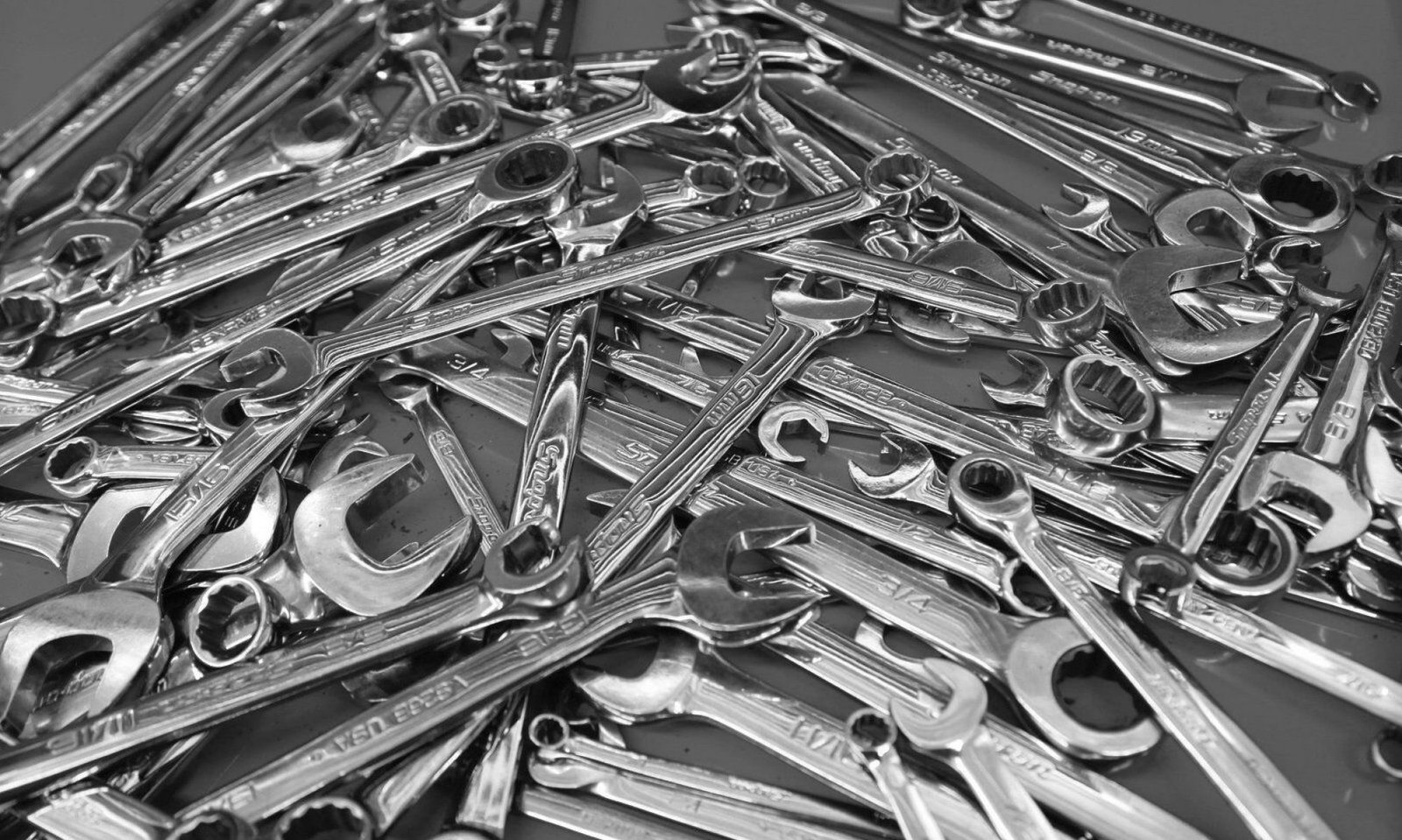BMW motorcycle axle installation
This page is about the BMW motorcycle models /2, /5, /6, and it applies to later models too.
The rear axle on all swing arm models (after 55) can be inserted in such a way as to bind up. This also applies to the front axle on the models with BMW Earles forks. This binding can result in the axle getting put into a curve. The curve will tighten the bearings and can make a “groan” or “click” type of noise. The noise is usually noticed when the bike is not running and being pushed around by hand in a quiet place. If the axle is left in this condition for a long time, it will cause the swing arm to become permanently bent.
The most common reason for the axle to get into this situation is that someone wasn’t paying attention. Read about the second reason below. Often the axle won’t easily go in all of the ways. It may be noticed, or maybe not, but the installer puts the washer and nut on the axle and tightens it up in order to draw the axle into place. The left side swing arm is “caught” on the axle and gets pulled over when the nut is tightened up. I have never seen this damage the bearings.
Correct. A /5 fully seated axle, see that the hole for the tommy bar is next to the swing arm?
Incorrect. The same axle in a bind. You can see the extra space between the hole for the tommy bar and the swingarm.
To fix it, loosen the axle pinch bolt (the one in the photo) and turn off the axle nut. Put the tommy bar, or any screwdriver, into the axle hole and rotate it. You will see the swing arm jump back into place. If it stays in the wrong spot, then it means that the swing arm is now bent. The swingarm sat in a bind so long that it is now bent. To fix this, you can pull the swing arm out about one mm too far and tighten the pinch bolt. In time the swing arm will take a new set to about the right place. Always tightens the pinch bolt last.
It will look about the same on a /6 or /7. On these models, it is important to have the axle hole horizontal and not vertical. I have heard the complaint that some owners don’t want the hole to be flat because it will collect water, and then it may rust. The reason for the hole, as shown, is so that one can use the tommy bar to extract the axle. With the axle nut removed and the pinch bolt loose, insert the tommy bar and rotate it. The swingarm is cut at a bevel, which acts as a ramp to give you a mechanical advantage in starting the axle removal. One can install the axle with the tommy bar and crank it downwards until it just touches the swingarm. The hole won’t be flat, and the water will drain.
Correct. This is the front axle on a /2. The distance between the tommy bar hole and the swing is equal to the space on the other side between the swingarm and the hub.
Correct. This is the rear axle on a /2.
Warning
Do not overtighten the axle nut. On /5 and later, the factory messed up the bearing preload. The result is catastrophic, and the bearing will spin in the hub. Then you may need a new hub. Go to my page on wheel bearings to read about this issue. On the /2, the axle nut can (usually) be tightened up to the specified 25 ft. Lbs. of torque safely. On /5 and later, that may not be the case; test it.
The second reason why the axle goes in with difficulty.
When the final drive has been removed and again installed on the swingarm, it must be done a certain way. With the 4 nuts holding the final drive loosely on, insert the axle. Now tighten up the 4 nuts. This aligns the axle hole in the final drive with the axle hole in the swingarm. Now the axle will go in easily by just rotating it with the tommy bar as it goes in.
Updated 15 July 2022


